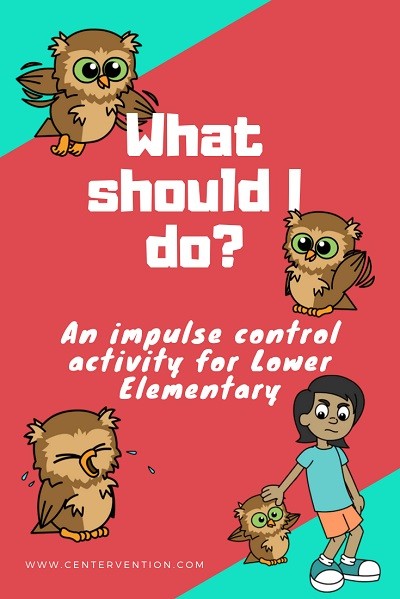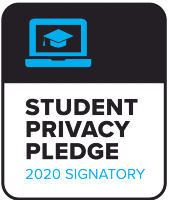Why Students Struggle With Impulse Control
Kids may struggle with impulse control or self control for two different reasons: a skill deficit or a performance deficit.
In the case of a skill deficit, a child honestly does not know the right socially appropriate behavior. Impulsive behaviors like tantrums, hitting, grabbing toys away from others, etc. may be common at home. They may lack good role models for this skill, seeing siblings or parents act impulsively. In some cases these behaviors may be explicitly encouraged, i.e. if someone hits you on the playground, you should hit them back. In other homes, parents may struggle to consistently enforce consequences for this type of behavior by giving into tantrums, or ignoring rules being broken.
Think of a skill deficit like getting behind the wheel of a car for the first time without having any training. The only knowledge you have to go on for how to drive is from observing your parents. Your parents consistently speed, tailgate, honk their horns, and cut off other drivers. If that’s all you’ve seen, you would think that is the appropriate way to drive, so that’s what you do, too. So you now need someone to reteach you.
A performance deficit is when a child knows what the appropriate behavior is, but they fail to make good choices in the moment. Real life situations can cause pressure and anxiety that cause the child to forget what they know is right and instead act on impulse or instinct. These children need more practice with stopping and thinking before acting so that the good behavior becomes their instinct, like a muscle memory.
Think of a performance deficit like driving a car during a blizzard. You know how to drive and you know what you’re supposed to do if your car starts skidding on ice. However, that’s never happened to you before, so you haven’t really had an opportunity to practice. When your car hits a patch of ice, you panic, and it doesn’t matter that you know you’re supposed to turn your wheel into the direction of the skid. Your instinct tells you to turn the wheel in the other direction to right the car, and you end up getting into an accident.
Kids who struggle with impulse control haven’t had enough practice stopping and thinking before acting. Like anything else, they need practice to build up the skill so it comes naturally.
It’s important for students to build this skill, because a lack of self control can cause others to distance themselves. Their behavior can come across as annoying, may get them and their friends in trouble, and can disrupt the learning environment of the class.
Helping Students Understand Socially Appropriate Behavior
This worksheet starts with the basics: what are your choices in different situations. Some choices are impulsive and may be the easiest thing to do while others require you to stop and think first, then use self-control to do the right thing even if it isn’t what you want.
It features Owlivia, a baby owl from our K-1 game Zoo Academy, who represents the impulse control skill. Owlivia needs to work on her socially appropriate behavior and needs the students’ help.
Students, with help from you, will read a situation such as “Owlivia’s mom said she can’t have the candy bar she wants at the grocery store.”
So what should Owlivia do after she is told no? Should she cry and yell to try to get her mom to buy the candy? Should she keep nicely asking her mom to buy the candy? “Please mom? Please. I’ve been really good today mom. Please?” Or should she just accept that her mom said no?
Talk through these options with the students and what the consequences might be for each option. Which choice has the best consequences and why?
Help students understand that crying and yelling may have gotten them the candy in the past, but it has other consequences like making their mom embarrassed/uncomfortable, disrupting everyone else in the store, or maybe getting in trouble and getting other things taken away at home.
The second option, even though you are saying please, also isn’t the best. Your mom already said no, so continuing to bother her over and over isn’t appropriate behavior either.
The best option is to accept that your mom said no. Even though you don’t get the candy that you want in the moment, your mom will appreciate that you listened the first time.


